John Hurrell – 25 April, 2011
Postcards are a variety of commercial product aimed at tourists who want souvenirs to remind them of some destination they have visited, an image to kickstart their memories of a site. As a reaction, many of these artists instead introduce you to new sites/sights that you probably would never would visit - places tourists are hostile to or oblivious of.
Auckland
Postcards by fifteen international photographers
Sightseeing
Curated by Hanna Scott
8 April - 29 April 2011
This fascinating touring exhibition (it’s been to the New Dowse and to Plymouth, in the U.K.), put together by Hanna Scott, looks at the phenomenon of the tourist postcard, but using ‘art’ images from fifteen well known photographers from Aotearoa and Germany. Their images are published in ‘tear-off’ serrated concertinas. There are six in each artist’s set.
In St. Paul St Two these concertinas are displayed singly or repeated in groups of five, sometimes butted together, blended as shimmering rectangular grids. So the optical experience of examining them is very different from say, looking at large framed photographic prints, or much smaller single postcards - without glass and battered by the postal process, and certainly extremely different from looking at reproductions on your glowing computer screen.
And beautiful and elegant these are. Not really like proper postcards. These are mostly highly aesthetic images with gorgeous compositions - not the type you would find in a souvenir shop next to the soft toys. They are hard to forget in a hurry. They’re classy.
And that is the point. A high percentage of this show (66%) is not really about postcard production per se but the preoccupations of artists who normally make large photographic prints that let you zero in on detail. Postcards are a variety of commercial product - now usurped by email and photographic attachments - aimed at tourists who want souvenirs (memory aids) to remind them of some destination they have visited, an image to kickstart their memories of a site. As a reaction, many of these artists instead introduce you to new sites/sights that you probably would never would (never could) visit - picked deliberately by them or Scott as ‘anti-travel’ locations, places tourists are hostile to or oblivious of, or (if the same thing) the type of location artists through persistent documentation happen to have built their careers on.
The content is wide ranging. Ann Noble shows the photographic and fresh ice backdrops behind live ‘Antarctica’ penguin displays, Haruhiko Sameshima the architectural and botanical cultural transplants in Hamilton Gardens, Sarah Schönfeld and Shmuel Hoffman the rebuilding of the fences of Auschwitz, Anne Shelton the truck stops near Shady, Florida, where serial killer Aileen Wournos worked as a prostitute, Wayne Barrar underground crib rooms in Mount Isa and Tasmania, Doris Frohnapfel fenced off national borders throughout Europe that are about to disappear, and Jeremy Diggle recreated satellite surveillance photographs of a Harrier aircraft buried in Penfforest, Wales.
And although certain photographers like Elger Esser, John Di Stefano and Eva Leitoff deal very specifically with the history and social use of postcards in their image creation here - their selection making a lot of sense - for my money seeing small cardboard prints of images by Fiona Amundsen, Frank Breuer (who has shown with Paul McNamara), Grit Schwerdtfeger, and Karin Apollonia-Mϋller makes me want to weep. I long for much larger prints - especially by those German artists new to me - more accurate in chroma and tone, with more presence and acuity.
Having said that, this project is beautifully displayed, with a purchasable box set of fifteen concertinas and a booklet that includes two excellent essays from Hanna Scott and Esther Ruelfs with German translations. But it is only a taster. An appetite whetter for more research and looking - further exploration of what else these artists make, or perhaps genuine postcards and the mindset of their consumers. Examining the real thing.
John Hurrell
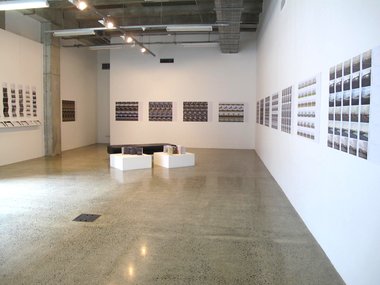
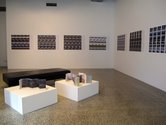
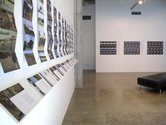
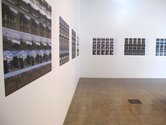
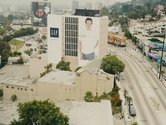
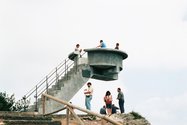
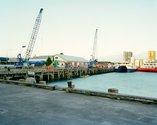

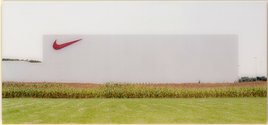
 Advertising in this column
Advertising in this column Two Rooms presents a program of residencies and projects
Two Rooms presents a program of residencies and projects



This Discussion has 0 comments.
Comment
Participate
Register to Participate.
Sign in
Sign in to an existing account.